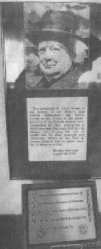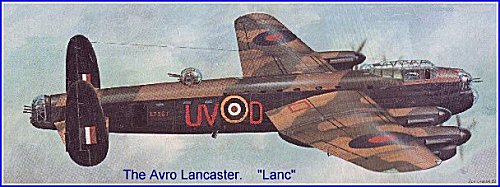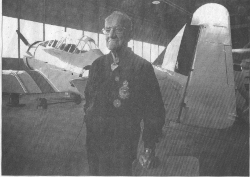
Air Museum President Reg Forbes:
Expansion plans taking off,
thanks to provincial funding
MUSEUM FLYING HIGH
by Rod Nickel
Brandon Sun Millennium Edition
Saturday ~ January 1, 2000
The fortunes of the Commonwealth Air Training Plan Museum
have risen sky-high in the late 1990s.
Late last year, the province committed a $55,000 annual
grant to the museum, enabling it to hire its first full-time manager, Stephen
Hayter.
This year, the museum received a further $500,000 from
the province to expand and preserve its Brandon airport facility with a
sprinkler system, wheelchair access and reinforced roof. It plans to raise
another $3 million privately.
Contrast that with the museum's struggles since 1981.
Until the province announced its annual grant last year, it had provided
no significant funding and the federal government has contributed nothing
since 1983.
The feds refused to fund the museum because it didn't
have a full-time paid manager. The museum argued it couldn't afford to
pay a manager until it received more government funding.
"It's a Catch-22," said Reg Forbes, museum president and
a Royal Canadian Air Force veteran. We have been unfairly treated (by federal
government) compared to other museums."
"Since 1981, the museum has relied largely on visitor
fees, donations and an annual raffle to meet its budget, which has reached
$150,000.
Without paid staff, it has leaned heavily on its volunteers,
Forbes said, who have responded with passionate dedication.
"We all have a great deal of pride in our history," said
Harry Hayward, the museum's vice-president, noting Canadian achievements
such as the Avro Arrow and the first pressure suit.
"Nobody seems to give a damn that people (fought for Canada).
It's a crying shame. It's that type of feeling that causes our volunteers
to spend so much time here."
Visitor levels have held steady over the last few years
at 9,000-10,000 annually. The vast majority of visitors come from Western
Canada, Britain and New Zealand, where veterans have settled. Few visitors
come from western Manitoba.
"You do get frustrated but you try to channel it into
something," said Hayward.
A walk through the museum is more difficult for some than
others. Forbes said visitors often break down when they look up loved ones
in the museum's book They Shall Grow Not Old, honouring the plan's former
trainees who were killed in the line of duty.
Equally as moving are the RCAF's telegrams to casualties'
next-of-kin.
"It's pretty sad," said Forbes. "I can remember so many
of my classmates' parents getting those."
The museum has four air-worthy planes and another 10 used
for display.
Over the next few years, volunteers will restore at least
one more plane to flight-readiness and another two for display.
To accommodate the expansion, the museum hopes to move
into the remaining third of its hangar, which currently houses Maple Leaf
Aviation.
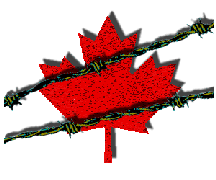
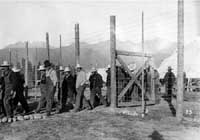
![]()
![]()
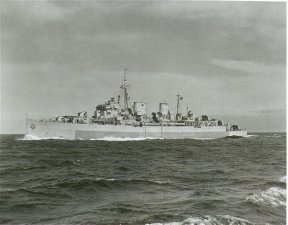
![]()

